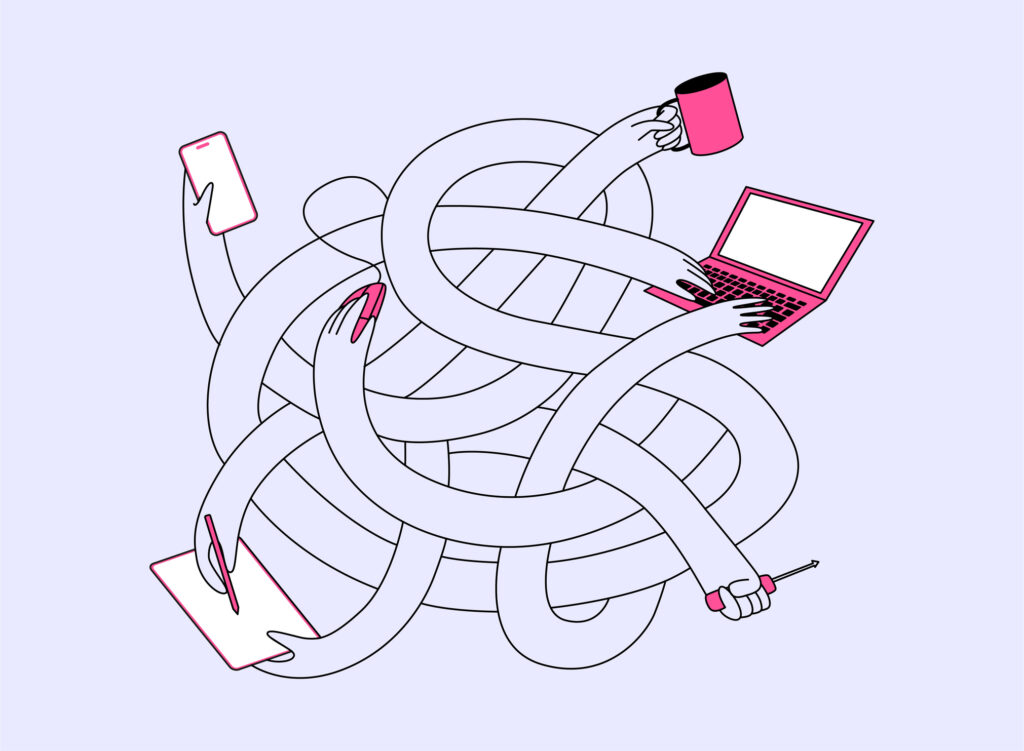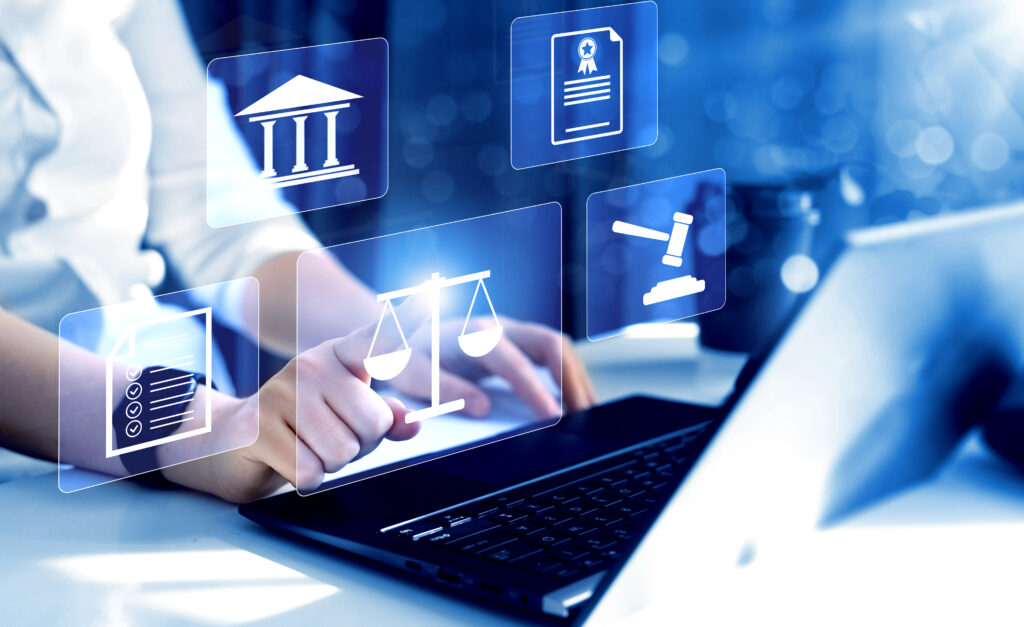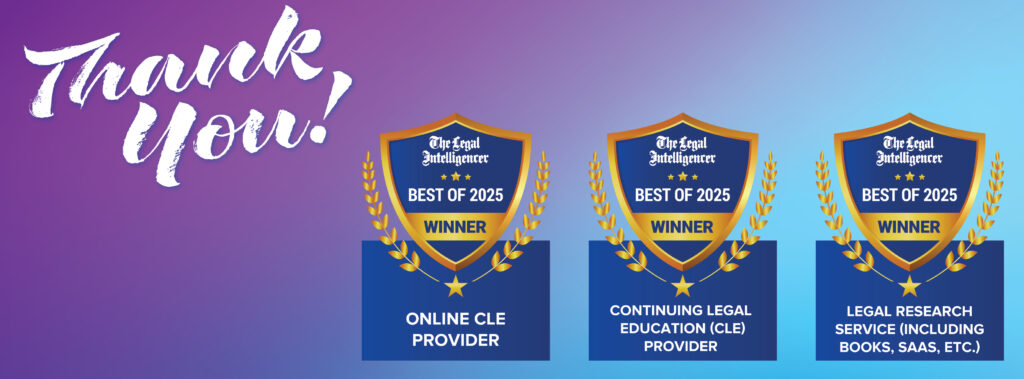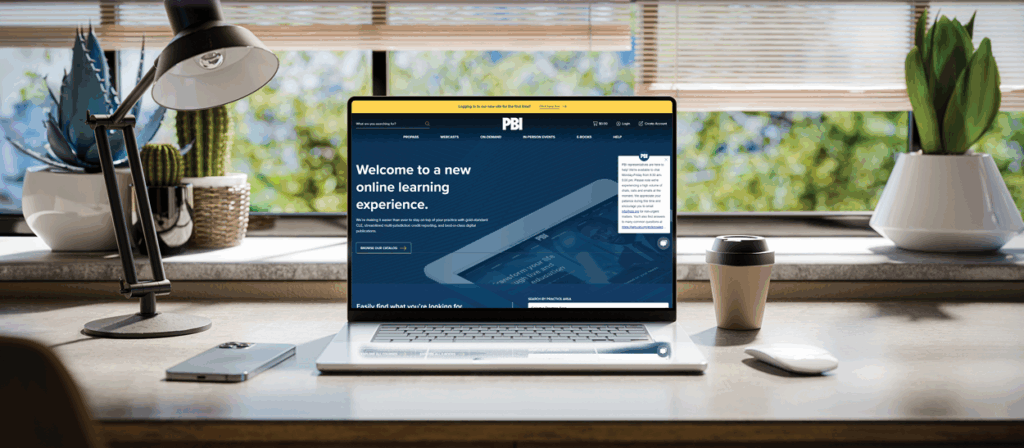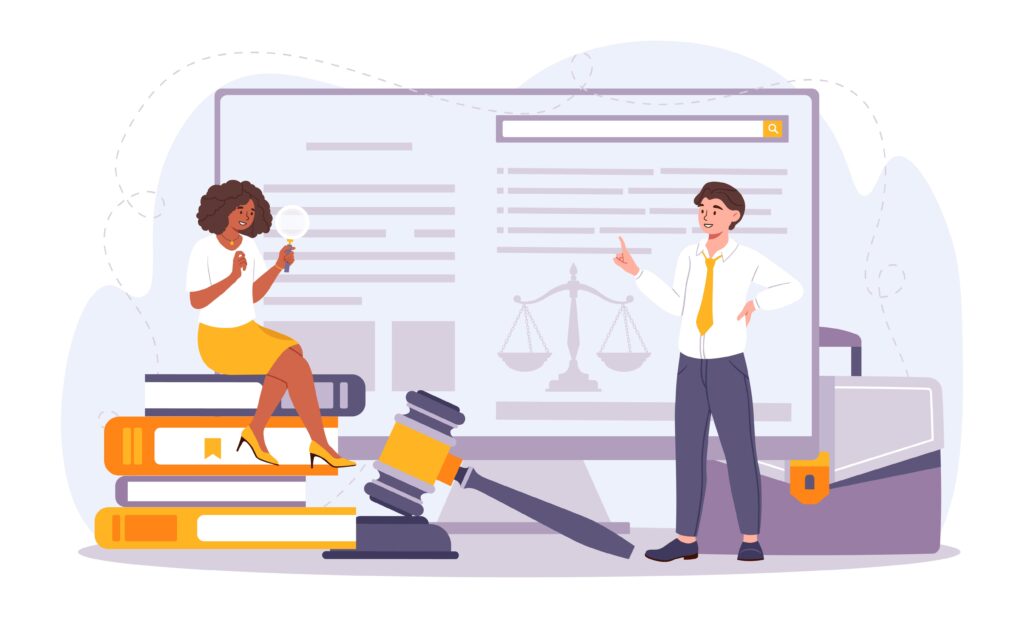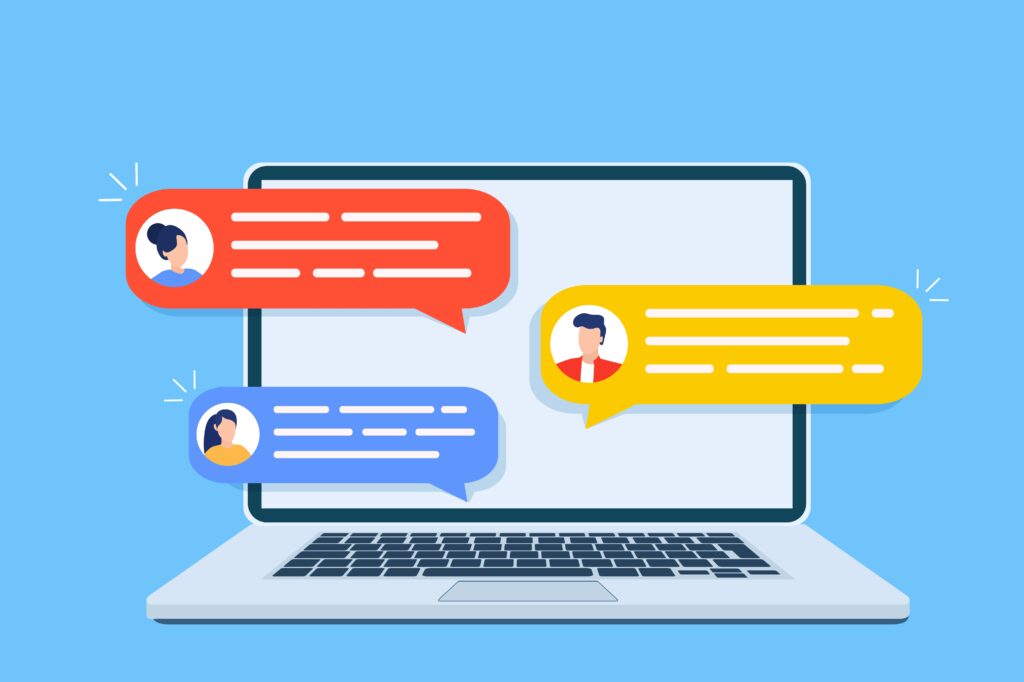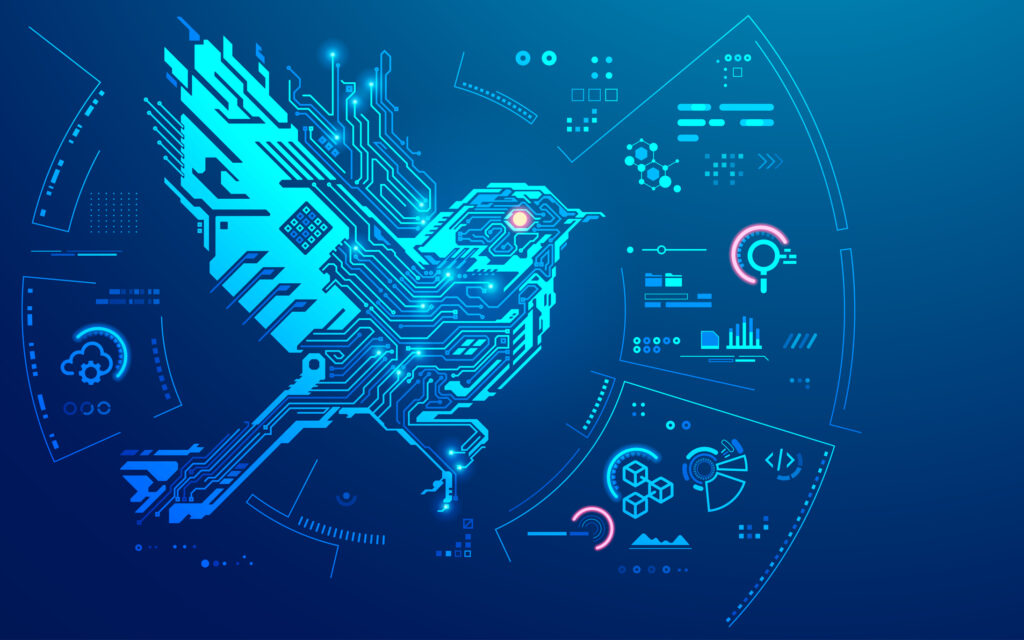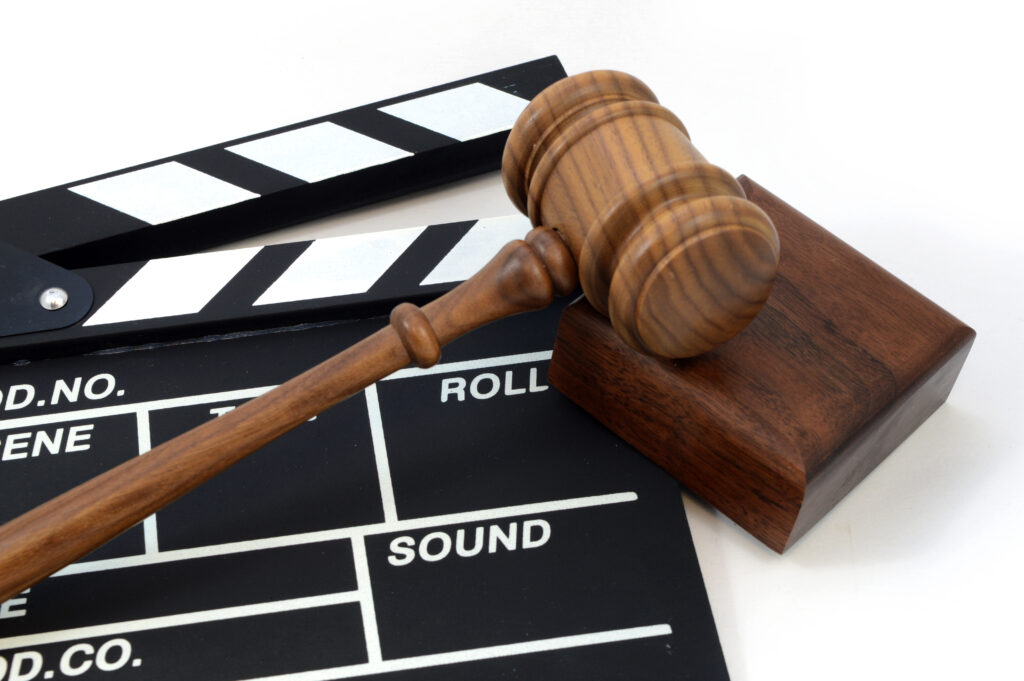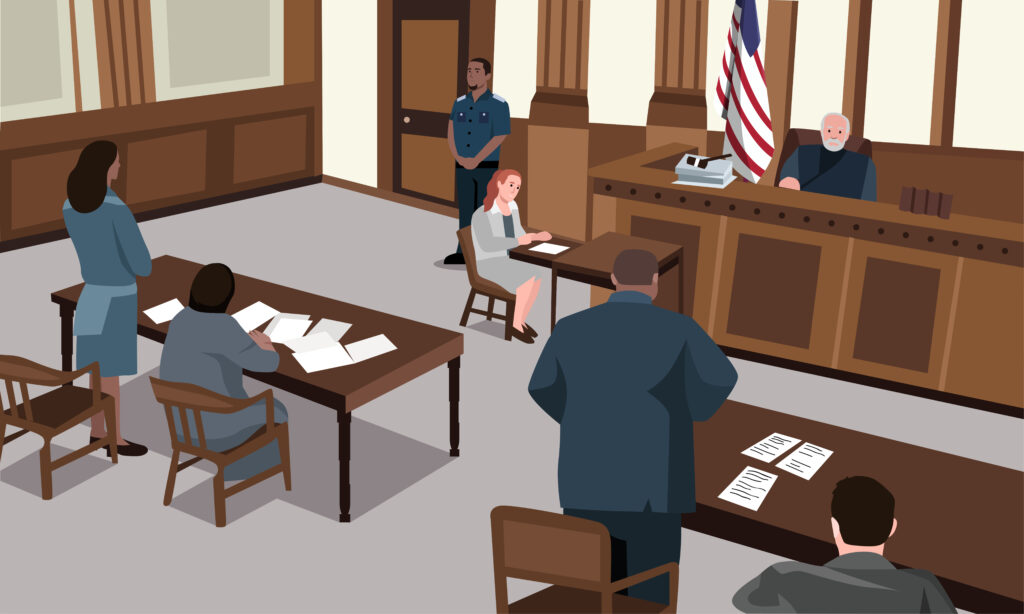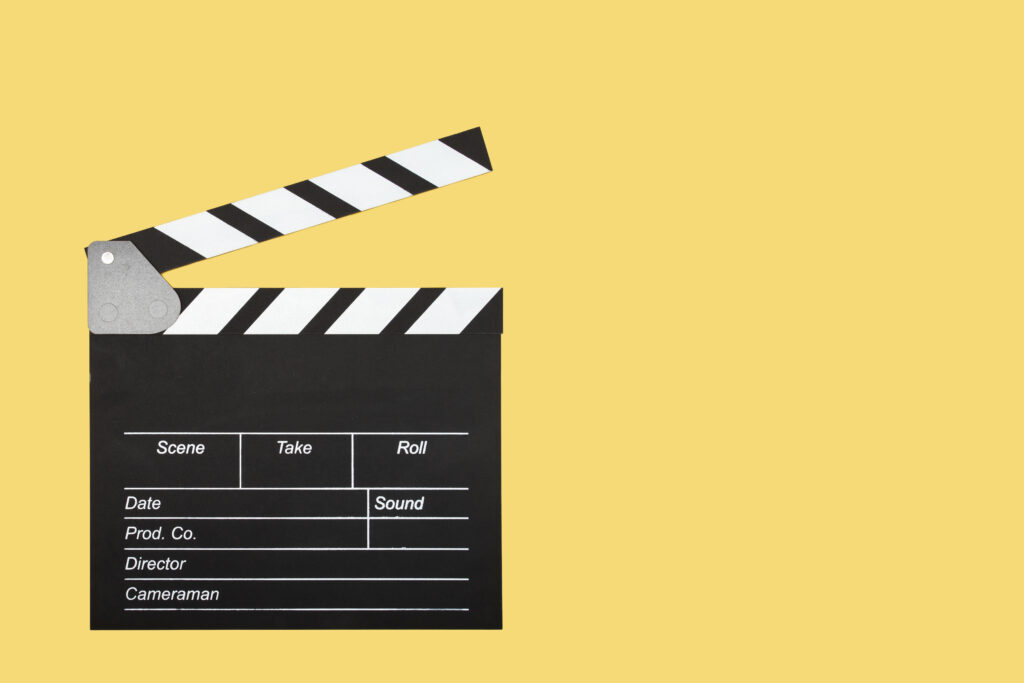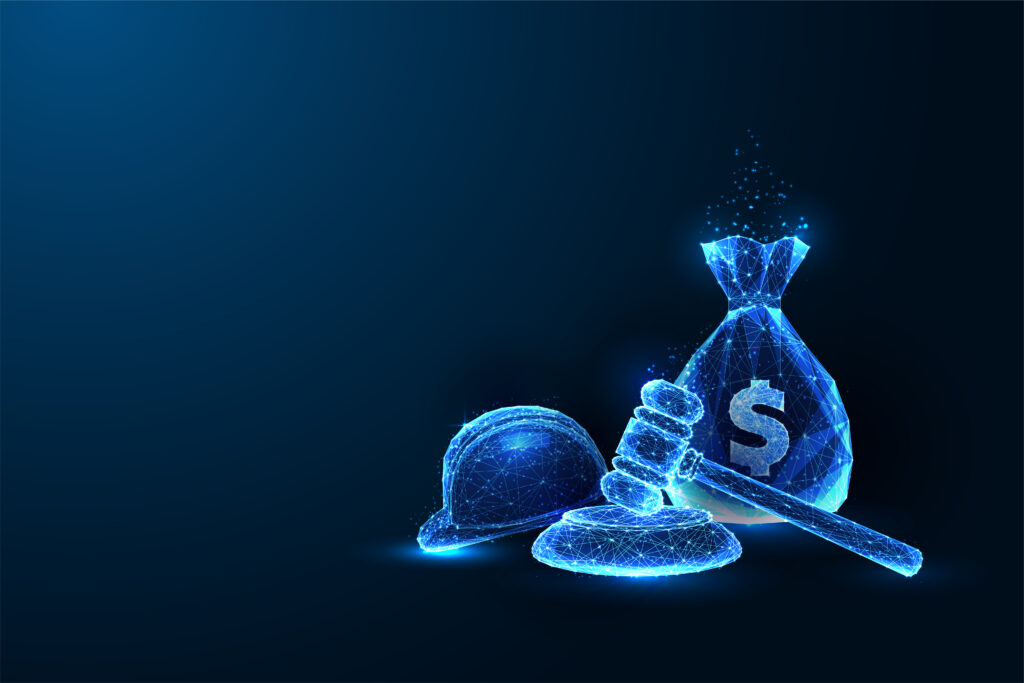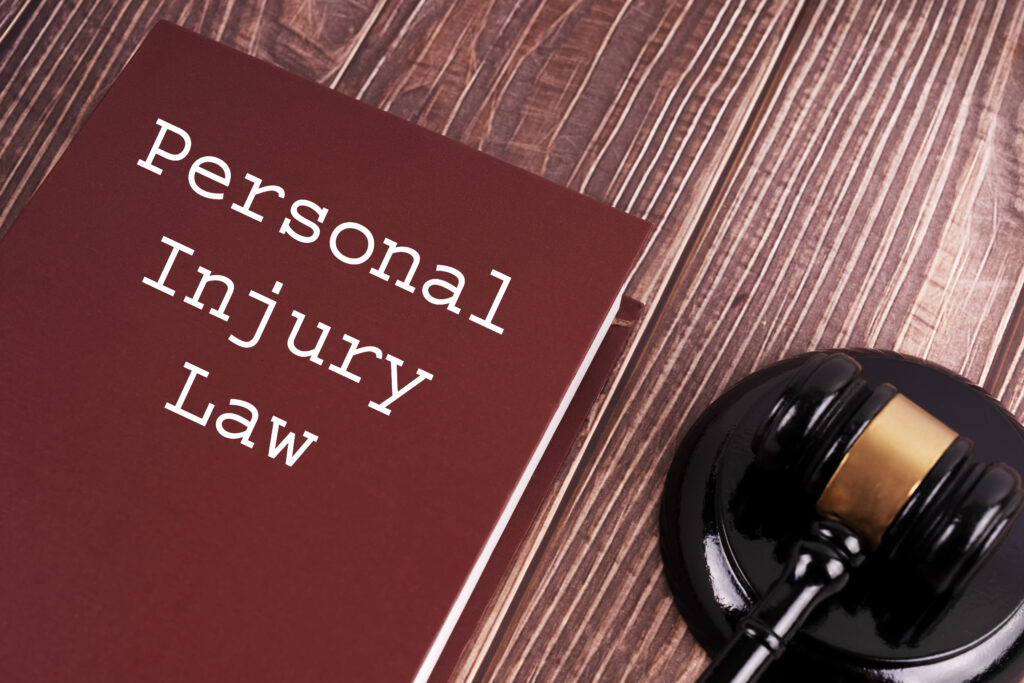When was the last time you went an entire day without googling something? Online research is part of our everyday lives and every lawyer’s workflow. It can be a godsend when you need to dig into case law, fact-check a client’s claim, or decode the latest regulation buried in a government website.
But sometimes you’ve got to dig a little bit deeper—especially since Google’s AI summaries are not always accurate as it will often “hallucinate” answers or pull the wrong information with confidence. That’s why you’ve got to rely on yourself and your skills. So here are a few tips on how to make sure your online research habits are sharp, strategic, and up to the task.
Want to learn more about AI hallucinations and their impact on you? Then don’t miss “Artificial Intelligence in the Practice of Law: Be Aware, Be Afraid, Be Prepared” on Wednesday, November 5. You’ll explore the dark side of AI alongside Professor Sam Hodge, who will ensure that you’ll leave with a practical understanding of how to harness AI’s power while avoiding its pitfalls. This is one you do not want to miss!
Now let’s dive in!

Don’t be afraid to scroll past the first few results. Yes, going all the way to page two can feel like entering the abyss, but it doesn’t have to. Often, those first few results are paying good money to be there, and they might not be what you’re looking for. Google focuses on clicks instead of credibility. Clicks are where the money’s at.
If you’re in the midst of legal research, don’t click on the first article you see. Instead, scroll and scan the page for trustworthy informers such as government sources (.gov), academic/legal institutions (.edu or .org), original PDFs, or policy documents. When perusing state and federal websites, be sure that it’s a publication of the law, not commentary on it.
Use advanced search features. Google has an array of built-in tools to help you level up your keyword game. Have you ever had it drop a word from your search without your permission? Add “quotation marks” to search exact phrases and keep it from doing so. If you’d like to restrict results to reputable sources as mentioned above, add “site:gov” or “site:edu” to your search.
Looking for a specific PDF? Try “filetype:pdf” to find court filings, memos, and original documents. And if you’re looking for pages with specific keywords in the title, use “intitle:” to zero in on exactly what you need. These small tweaks can help you find the sources you need instantly, without wasting billable hours sifting through pages upon pages of unhelpful search results!
Using ChatGPT? More and more legal researchers are favoring AI over typical search platforms. It tends to take on the form of a conversation, providing exactly what you need if you’re skilled enough in prompting it. If ChatGPT is your go-to for research, be sure to include plenty of context in your questions and include requests for citations and links so you can verify facts.

Don’t forget legal-specific platforms. Google is always a great starting point, but if you’re researching legal concepts, your best bet is a legal database. Our favorite is Decisis, and PBA members get it for free with their membership, saving you hundreds of dollars! State court websites are also a great resource for docket searches and court rules, and regulatory agency sites for guidance, opinions, and updates. After all, primary sources are what help win court cases.
And speaking of updates, don’t forget that PBI is always ready with fresh CLE to keep you in compliance and informed on the latest issues! See what’s coming up here!
Evaluate authority, not just content. When perusing a document, pay attention to who published it and if they are citing the actual statute/case/authority, or just paraphrasing it. Be sure to check if your source is up to date as well. No matter how well-written and informative an article might be, it’s useless if it doesn’t reflect current law.
Think like a lawyer. More and more, people are choosing to “outsource thinking” to artificial intelligence. In a few more years, the difference between those who let AI do their thinking and those who are forever learning, growing, and thinking critically might become obvious. Yes, AI is a powerful research tool, but it should not be your final source of truth.
When it comes to the law, AI can miss important nuance in legal interpretation, present outdated or incomplete info, and fail to disclose jurisdictional limits. It can also “hallucinate” information that it doesn’t know the answer to, and will make something up that’s completely inaccurate rather than admitting to the shortage in knowledge. That’s why, at the end of the day, you need to rely on your own knowledge and judgment, and do your own research!
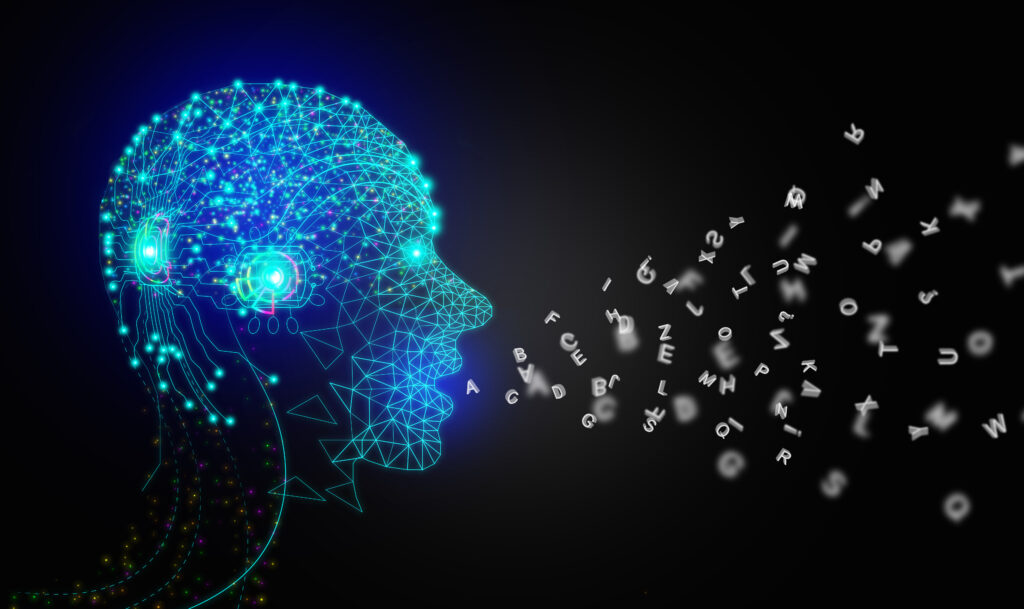
The internet is full of noise, but with the right tools and mindset, you can still find the signal. Do your research like your license depends on it. Because in a way…it does.
Ready to dig deeper? Register for “Artificial Intelligence in the Practice of Law: Be Aware. Be Afraid. Be Prepared” next!
